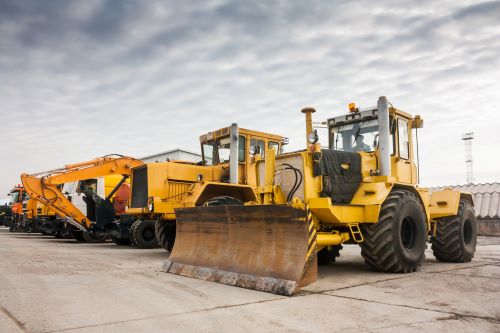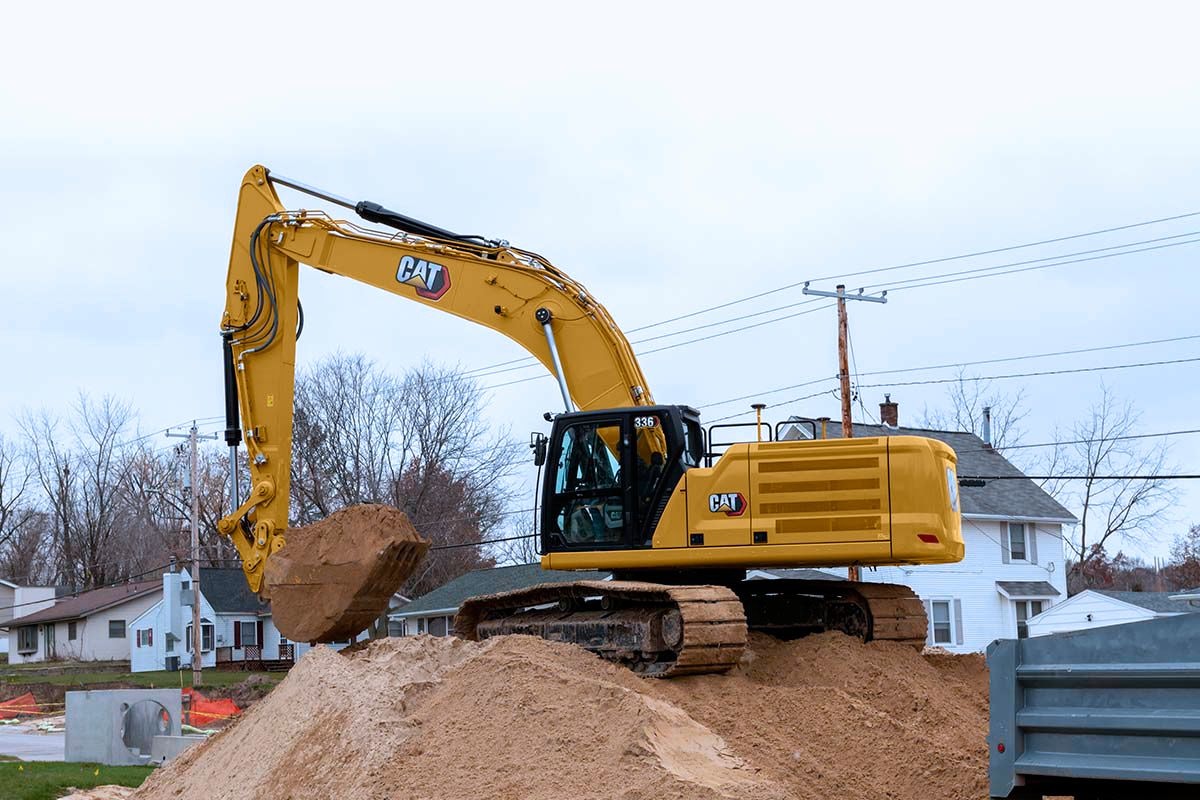Trustworthy Construction Equipment Rentals: Rent Scissor Lifts, Boom Lifts, and More from Us
Trustworthy Construction Equipment Rentals: Rent Scissor Lifts, Boom Lifts, and More from Us
Blog Article
Vital Tips for Handling Heavy Devices Rental Contracts and Logistics Successfully
Properly handling hefty devices rental arrangements and logistics is crucial for the success of any kind of job that depends on these resources. A thorough understanding of rental terms, coupled with specific evaluation of equipment needs, lays the structure for positive negotiations. Coordinating transportation logistics and planning for continuous maintenance can considerably minimize unforeseen expenses and delays. The complexities of these aspects frequently present difficulties that need critical insight. What are the essential factors to consider that can transform these possible mistakes right into opportunities for performance and cost-saving?
Understand Rental Terms
Recognizing rental terms is vital for effective hefty devices monitoring. Familiarity with the certain terms of a rental arrangement can substantially affect operational performance and cost-effectiveness. Trick components generally consist of rental duration, settlement structure, and maintenance responsibilities. The rental period defines the duration for which the tools is rented, influencing budgeting and task timelines. Settlement frameworks commonly differ, incorporating daily, weekly, or regular monthly prices, which require precise estimations to stay clear of unanticipated expenses.
Additionally, it is essential to comprehend the maintenance responsibilities laid out in the agreement. Commonly, rental business preserve the tools, but understanding who is in charge of routine checks and repair work is essential to stop functional interruptions. In addition, terms may include provisions worrying obligation for damages or theft, which can have severe financial ramifications if not properly comprehended.

Assess Devices Requirements
Analyzing equipment requirements is a critical action for any kind of task manager intending to optimize source appropriation and enhance operational performance. This procedure involves a comprehensive analysis of the job requirements, consisting of particular tasks, timelines, and the sort of devices required to attain preferred results.
Begin by determining the scope of the project and the tasks that will certainly be carried out. Think about aspects such as the surface, the range of procedures, and any type of prospective obstacles that can affect tools selection. Engaging with group participants that will certainly run the machinery can offer beneficial insights into useful demands and preferences.

Next, examine the capacity and capacities of offered devices choices. It is important to match the ideal tools to the jobs at hand, making certain that it can manage the anticipated work without jeopardizing safety or efficiency.
Additionally, element in the rental period and frequency of use. Understanding these components can help determine whether leasing or acquiring is the most cost-effective option. By performing a thorough evaluation of equipment requirements, job supervisors can make informed choices that result in enhanced productivity and reduced functional expenses.
Negotiate Efficiently
When the devices demands are plainly identified, the following action entails efficient arrangement with rental companies to protect positive terms. Begin by investigating numerous rental companies to comprehend their pricing structures, supply accessibility, and credibility.
When coming close to the negotiation table, be clear regarding your demands, consisting of the kind of devices, rental period, and any additional solutions you may need. This openness makes it possible for rental firms to offer customized remedies that can fulfill your certain requirements (aerial lift rental). Don't hesitate to request discount rates, particularly for lasting rentals or mass orders, as lots of business agree to supply giving ins to protect larger agreements
Additionally, consider discussing terms related to insurance, shipment, and maintenance fees. These elements can considerably impact the skid steer vibratory roller for sale general cost and needs to be explicitly outlined in the rental contract. Make certain that all agreed-upon terms are recorded in composing to stop misunderstandings and protect your rate of interests throughout the rental period. Effective negotiation not only results in cost savings but additionally establishes a favorable partnership with the rental company.
Coordinate Transport Logistics
Coordinating transport logistics is a vital aspect of handling heavy devices rental agreements. Efficient transportation makes certain that equipment is supplied in a timely manner and in optimum problem, therefore minimizing downtime and improving task effectiveness. To accomplish this, it is important to develop an extensive logistics plan that lays out the whole transport process from pickup to delivery.
Begin by examining the specific transportation needs based upon the kind and size of the tools included - scissor lift rental. Engage with reliable transport providers that focus on hefty equipment to guarantee they possess the necessary knowledge and devices, such as flatbed trucks or specialized trailers. Review factors such as reference weight restrictions, path constraints, and called for authorizations to avoid unanticipated hold-ups
Furthermore, preserve open interaction with both the rental firm and the transport company to work with schedules properly. Confirm all information, including pick-up and drop-off times, to guarantee everybody is lined up and prepared. Last but not least, establish contingency plans to deal with any potential disturbances, such as negative weather or traffic problems, which may affect the transportation timeline. By carefully coordinating transportation logistics, you can maintain the stability of your rental contract and assist in smooth job implementation.
Plan for Maintenance and Support

Furthermore, it is critical to communicate directly with the rental provider regarding maintenance duties. Some contracts may consist of upkeep as component of the rental service, while in various other cases, the onus may fall on the occupant. Understanding these terms will certainly assist prevent unexpected costs and obligations.
In addition, having accessibility to technological assistance can be very useful. Make certain that the rental company offers 24/7 support or an emergency call, permitting for swift resolution of any kind of equipment concerns. Training your group on appropriate equipment usage and regular checks can also considerably boost functional effectiveness.
Final Thought
In final thought, efficient management of hefty tools rental agreements and logistics rest on a complete understanding of rental terms, precise analysis of tools requirements, and adept arrangement abilities. Collaborating transport logistics and planning for maintenance even more enhance functional efficiency. By applying these strategies, companies can minimize dangers, control expenses, and make certain that projects progress efficiently and within well-known timelines. Emphasizing clear interaction with all stakeholders remains crucial in browsing the intricacies of devices leasing and logistics management.
Properly managing heavy equipment rental agreements and logistics is critical for the success of any kind of job that counts on these resources. By extensively reviewing and recognizing these rental terms, services can make informed choices, reduce threats, and make certain that their hefty devices monitoring straightens with project objectives and monetary restrictions.Working with transportation logistics is a critical element of handling heavy equipment rental agreements.In conclusion, reliable monitoring of heavy tools rental arrangements and logistics joints on a detailed understanding of rental terms, specific analysis of tools requirements, and adept settlement abilities. Highlighting clear interaction with all stakeholders continues to be heavy duty track mats hire vital in browsing the complexities of devices leasing and logistics management.
Report this page